Written by Cody on The Prepper Journal.
Editors Note: Another guest submission from Cody Jarrett to The Prepper Journal. Some good points for prepping for all kinds of weather. As always, if you have information for Preppers that you would like to share and possibly receive a $25 cash award like Cody, as well as being entered into the Prepper Writing Contest AND have a chance to win one of three Amazon Gift Cards with the top prize being a $300 card to purchase your own prepping supplies, then enter today!
Camping in the rain doesn’t have to be a miserable experience. If you plan on going camping in the UK, there is always a good chance that it’s going to rain. In this article, we’ll share our 10 tips on camping in wet weather to help you make the most out of your camping trip regardless of the weather conditions.
What to bring:
Tarpaulin
A tarpaulin is ideally the single most essential item to bring when planning a camping trip, as it can be a total life saver. Think in multiples! You want to have at least one large sheet of tarpaulin that you can place over the tent, so that in case of a downpour, you pitch it with ease; and an additional one to place underneath the floor of the tent for the extra waterproof protection.
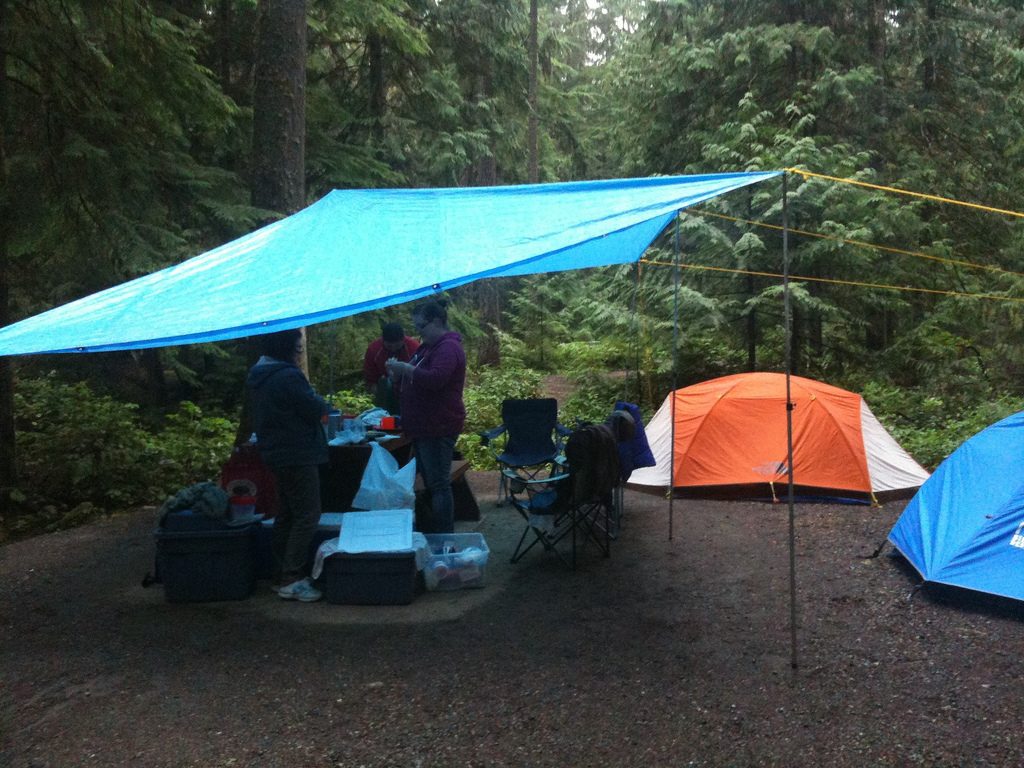

The tarp also has a variety of other useful purposes, such as creating a sheltered space for firewood, bikes, and camping chairs. You may also use a tarp to set aside a rain-free area close to your tent for other camping activities, which can be super handy as it gives you the freedom of enjoying everything you had planned for in spite of the rain.
Groundsheets
Groundsheets serve as your ultimate line of protection between you and the soggy ground. For this reason, be sure to have one with you, ready. Aside from serving as an extra level of defense against the soggy ground, the groundsheet will effectively insulate the tent floor, providing you with a much warmer night’s sleep.
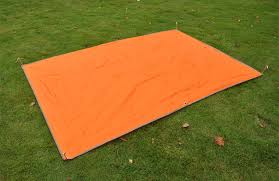
Ensure that the groundsheet underneath the tent matches the size of the tent’s floor. Keep in mind that if you use a larger groundsheet, it will retain rainwater, leading to undesirable funnel effect. Have the ends of the groundsheet folded away underneath the tent floor to secure them properly.
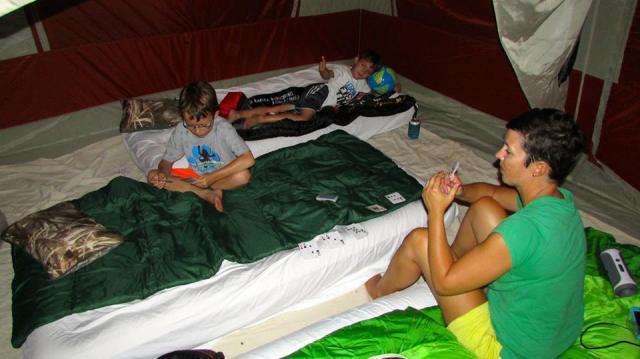
Another key benefit of having a groundsheet is that it can be pitched perfectly on a smooth foundation, and the floor of the tent will in turn be more comfortable to sleep on.
Gazebo
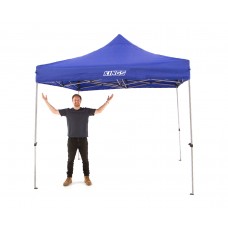

Although a gazebo is not on every camper’s list for possessions to bring along, it can be quite essential when roughing it out in the wet wilderness. As large waterproof structures, they offer ample space to roam around, relax, and set up a table camping style, while you smugly listen to the sound of the pattering rain nearby, thereby avoiding getting soaked in it. Modern gazebos are also very easy to install.
Blankets
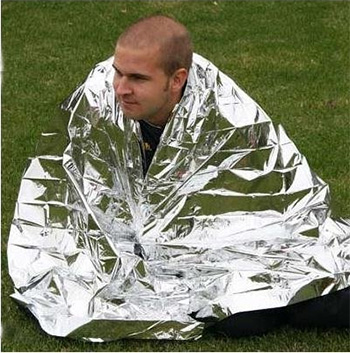

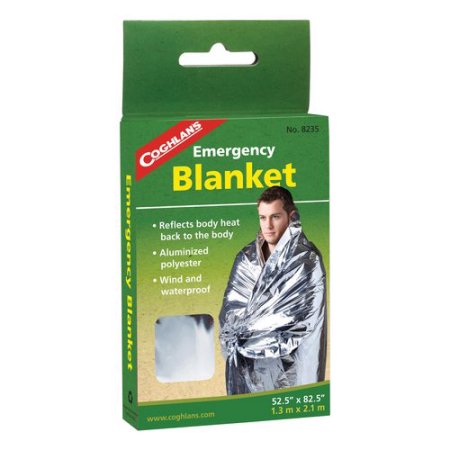
When it comes to camping, especially when the weather forecast doesn’t look so good, a few extra blankets wouldn’t go amiss. Extended rainfall can lower the air temperature substantially and raise the humidity levels. As such, you’ll want to wrap yourself up in a toasty, dry sheath come night time. With a few blankets, you will get the cozy camper feeling, which makes listening to the rain an enjoyable experience.
Waterproof Footwear and Clothing

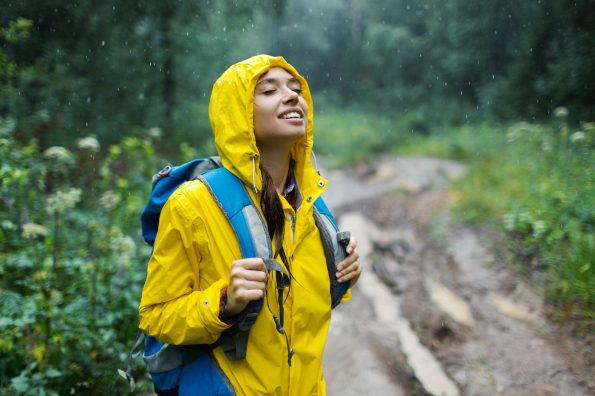
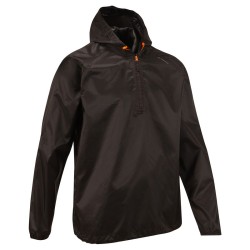
From the first instance, the waterproof clothing you wear should be both lightweight and breathable, with fully loaded wrist cuffs, taped seams, and adjustable hoods to keep the rain out. Your kit should cover the basics such as waterproof trousers, waterproof jacket, and waterproof boots, and if the temperatures are too low, have a fleece and a base layer.
Keep the waterproof ratings of each of your kit’s pieces in mind, since they’ll come into play if you do find yourself in the shower. Anything that goes beyond 5,000 mvp of breathability and 5,000 mm of water-proofness should keep you well ventilated and securely watertight.
Avoid putting on cotton clothing as these soak up moisture rather than wicking it. It’s also recommended that you bring extra waterproof clothing, which should be safely stored in plastic bags, just in you accidentally get wet and need a change of clothing or gear. So, before you set out on your trip, you should reproof any old waterproof trousers, jackets, or boots to power up the coatings using wash-in or spray-on water-proofers.
Emergency Rain Ponchos

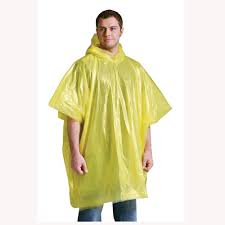
You need to have rain ponchos for you and the rest of your cohorts in case you need to get out of the rain. Wear them when you’re setting camp too, to keep you dry, keep your waterproof gear intact and prevent getting drenched.
Plastic Bags


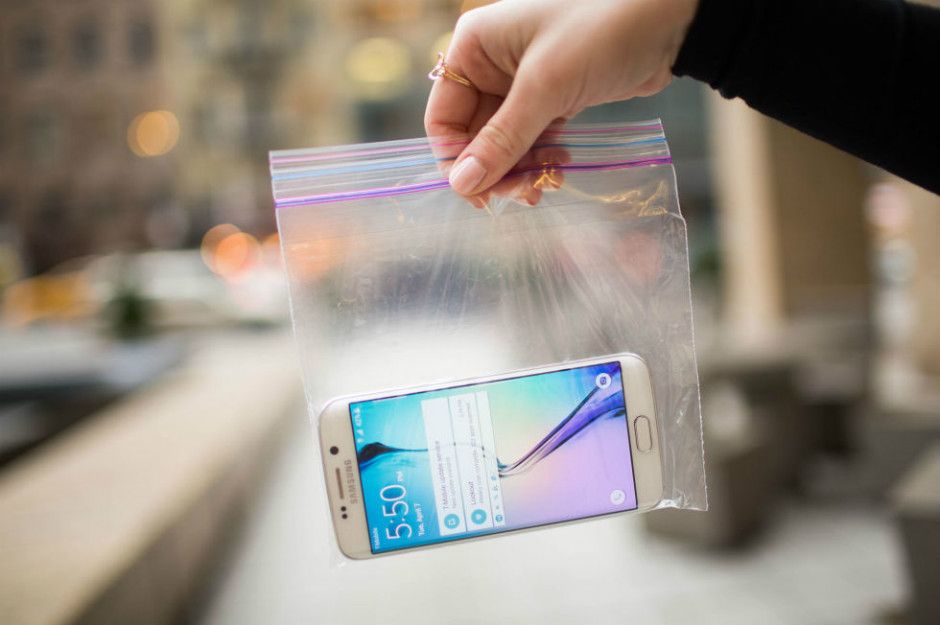
These are some of the cheapest, most compact, and most versatile tool out there, so make the most out of them. You can ideally get them from any shop selling anything under the sun, for a price that’s next to nothing. They also pack away brilliantly, and take up negligible amount of space. You can essentially use the essential items to stay absolutely dry including extra clothing, gear, books, bedding, etc.
Dry Bags
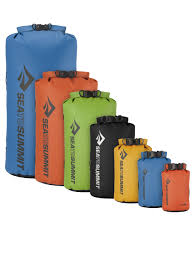
These are the pricier and more sophisticated alternative to the regular plastic bags. As waterproof sacs, you can use them to store anything from laptops to wallets in order to keep them safely from moisture. The key advantage with dry bags is that you can reuse them endlessly, and they are a bit kinder on the environment compared to the normal plastic bags. They also generally feature straps, clips, and draw cords to secure your items perfectly.
Newspaper
Newspapers can be used as a drying medium for stuff that might get wet despite your best efforts. You can use newspaper to stuff any damp socks or shoes to speed up the drying process and have them dry much faster.
Lighting
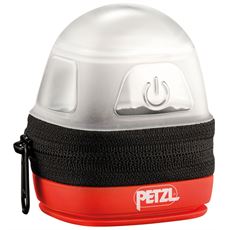


Lighting is a must-have feature on any camping trip, and particularly so if you pitch your tent under an overcast. The gloomy skies will leave little light to show your way. You can use a hand-held torch to explore the outdoor environment, a headtorch to shine some light as you pitch your tent, or even lanterns to light the camping space up for eating, reading, etc.
Cords and Ropes


These are a necessary multi-purpose tool when you’re out in the wild, especially in rainy weather. You’ll find them quite useful if you’d like to hang a few sheets of tarp to build separate rainproof shelters, or if one of your tent’s guy rope accidentally snaps from the pressure of the bad weather. As a rule of thumb, always bring a few extra ropes and cords for contingencies.
Additional Tent Pegs
Before leaving, ensure that you have extra tent pegs with you. They’re largely inexpensive, and can be your guiding savior in case you lose one of the regular ones in the swampy ground. You can also use them to fasten the tent more strongly so that your tent can withstand the strong winds.
Entertainment
If it’s raining heavily, you’ll naturally be less inclined to go for long voyages outside during your trip. So, it’s better to have alternative forms of entertainment to keep you occupied and satisfied. Bring some magazines, books, chargers, music players, a deck of cards, board games, and anything else your comrades will appreciate and enjoy throughout the trip.
Reproofer
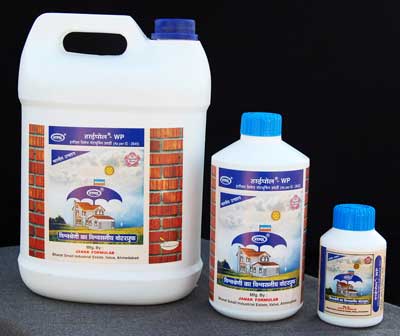
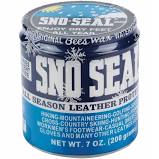

It’s a great idea to throw in some reproofer in your camping backpack. You need to reproof your gear and tent before you head out camping, but it never hurts to have it handy in case of an emergency. If you find that your waterproof trousers or jacket is leaking in water, a quick recoat can save it from disuse.
Follow The Prepper Journal on Facebook!
The post What to Bring When Camping in the Rain appeared first on The Prepper Journal.
from The Prepper Journal
Don't forget to visit the store and pick up some gear at The COR Outfitters. How prepared are you for emergencies?
#SurvivalFirestarter #SurvivalBugOutBackpack #PrepperSurvivalPack #SHTFGear #SHTFBag

No comments:
Post a Comment